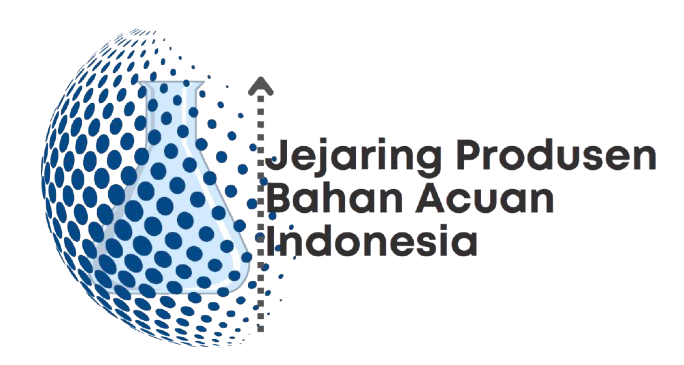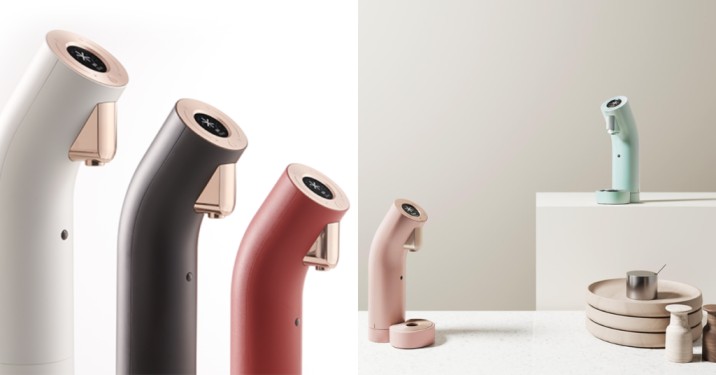Clean, safe, and accessible drinking water is essential whether you’re at home or in a busy office environment. A water dispenser with a built-in filtration system not only ensures healthier hydration but also adds convenience and efficiency to your space. With a variety of models, filtration technologies, and features available in the market, choosing the right unit can be overwhelming. A high-quality drinking water filter can significantly improve the taste and purity of your tap water, ensuring you stay hydrated with clean, safe water every day.
This guide will help you understand the critical factors to consider when selecting a water dispenser with a filter—focusing on filtration types, capacity, space, budget, and key features—along with maintenance tips to ensure long-term performance.
Understand Your Water Source
Before you invest in a dispenser, you need to understand the quality of your water source. Are you using municipal tap water, well water, or bottled refills? This will influence the type of filtration system required:
- Tap water: May contain chlorine, sediments, or residual contaminants.
- Well water: Often has high levels of minerals, bacteria, and heavy metals.
- Bottled water (refills): Usually pre-treated, requiring minimal filtration.
Understanding what you’re dealing with helps you match your needs with the appropriate filtration technology.
Explore Filtration Technologies
There are several types of water filters used in dispensers. Each has unique benefits depending on the contaminants present in your water.
a. Activated Carbon Filters
- Effective at removing chlorine, bad taste, odors, and some organic compounds.
- Ideal for improving taste and smell of municipal water.
b. Sediment Filters
- Trap particles like rust, dirt, and sand.
- Typically used as a pre-filter in multi-stage systems.
c. Reverse Osmosis (RO)
- Removes heavy metals, fluoride, salts, and up to 99% of total dissolved solids (TDS).
- Best for areas with poor-quality water but can waste some water in the process.
d. Ultraviolet (UV) Purification
- Kills bacteria, viruses, and pathogens using UV light.
- Used as an additional step in advanced filtration systems.
e. Mineral or Alkaline Filters
- Reintroduce beneficial minerals after filtration.
- Improve the taste and pH balance of the water.
Pro Tip: For office or household use, a multi-stage dispenser with carbon, RO, and UV technology offers the best all-round protection.
Consider Capacity and Flow Rate
a. Tank Capacity
The size of the water tank determines how much filtered water you can access at a time.
- Home use: 5–10 liters is usually sufficient for a small family.
- Office use: Opt for larger tanks (15–20 liters or more) or direct-pipe dispensers that auto-refill from the tap.
b. Hot and Cold Water Output
Many units offer both hot and cold water on demand. Be sure to check:
- Heating/cooling time
- Volume per hour (e.g., liters of cold water/hour)
This is especially important in offices with high usage.
Evaluate Space and Installation Requirements
Water dispensers come in various sizes and designs:
a. Tabletop Dispensers
- Compact and ideal for small kitchens, apartments, or desks.
- Generally lower capacity and fewer features.
b. Freestanding Units
- Suitable for both home and office.
- Higher capacity with hot, cold, and room-temperature taps.
- May include storage cabinets.
c. Wall-Mounted or Built-In Models
- Saves floor space and looks sleek.
- Usually connected to a direct water line and requires professional installation.
Make sure to measure the space where you plan to install the unit and account for power outlet access, ventilation, and drainage if needed.
Budget Considerations
Prices for filtered water dispensers vary based on features and technology:
| Dispenser Type | Price Range (MYR) |
| Basic Carbon Filter Unit | RM 300–600 |
| Hot/Cold Feature Units | RM 700–1,200 |
| RO + UV Purifier Models | RM 1,200–2,500+ |
| Pipe-In Water Dispensers | RM 1,500–3,000+ |
Also factor in recurring costs, such as:
- Filter replacements (RM 100–400/year depending on type)
- Servicing and electricity
Consider your upfront and ongoing costs to find a model that offers both value and quality.
Key Features to Look For
Choosing the right water dispenser also depends on its user-friendly features:
a. Child Safety Lock
Essential for hot water taps, especially in homes with young children.
b. Filter Change Indicator
Alerts you when it’s time to replace filters, helping maintain water quality.
c. Energy Efficiency
Models with energy-saving modes or inverter compressors help reduce electricity bills.
d. Touch Panel or Smart Display
Modern units come with digital controls, temperature settings, and indicators.
e. Self-Cleaning Function
Some high-end dispensers use UV or ozone cleaning to sanitize internal components automatically.
f. Leak Detection & Overflow Protection
Reduces mess and protects against water damage.
Maintenance Tips for Long-Term Use
To ensure optimal performance and clean water, proper maintenance is crucial.
a. Regular Filter Replacement
- Carbon filters: every 3–6 months
- RO membranes: every 1–2 years
- UV lamps: annually
Check the user manual for your model’s specific replacement schedule.
b. Routine Cleaning
- Clean the exterior and drip tray weekly.
- Disinfect internal tanks and nozzles monthly (if manual cleaning is required).
- Use only recommended cleaning agents to avoid contamination.
c. Professional Servicing
For pipe-in or RO/UV units, schedule professional maintenance at least once a year.
Additional Tips
- Water pressure: RO and UV systems need good water pressure. Consider a booster pump if pressure is low.
- Noise levels: If installing in quiet environments (e.g., bedrooms or offices), look for models with silent operation.
- Warranty and Support: Choose a reputable brand with a solid warranty (at least 1 year) and accessible customer service.
Final Thoughts
A water dispenser with a filter is a practical investment that benefits your health, convenience, and sustainability—especially in today’s fast-paced environments. By evaluating your water source, space availability, usage volume, and preferred filtration method, you can select a unit that fits your specific needs—whether for your cozy home kitchen or a bustling office pantry.
Opt for a dispenser that balances performance, reliability, and affordability, and don’t forget to factor in maintenance to keep your system running smoothly for years to come. With the right choice, you’ll enjoy peace of mind knowing every sip of water is pure, fresh, and safe.

